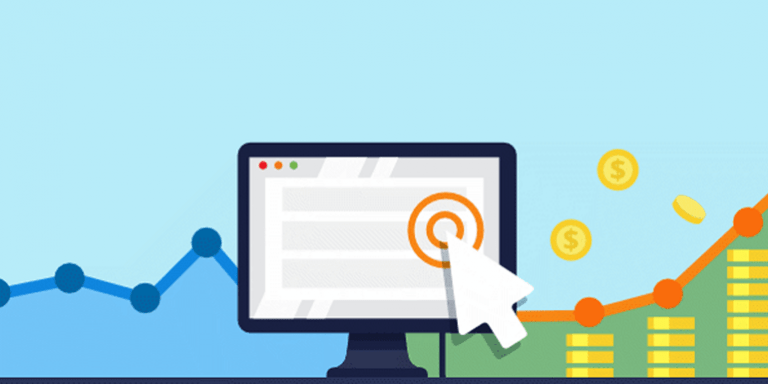This article provides detailed answers to questions like “What is conversion optimization, and what are its processes?” allowing you to gain extensive knowledge about conversion optimization. To fully explain this concept, it’s necessary to consider and explain the terms “conversion” and “optimization” in a different way. This approach makes it possible to understand the concept of conversion optimization more clearly.
What is Conversion?
It’s ensuring that the customers or visitors who enter your website perform the action you desire. In other words, it’s defined as visitors responding to the marketing message from your side.
What is Optimization?
The term optimization is defined as finding an alternative solution to achieve the highest performance with the least cost, to bring the desired results to the highest point despite various constraints, and conversely, to minimize unwanted results.
What is Conversion Optimization?
Conversion optimization is about increasing the rate at which users visiting websites or mobile applications perform the desired actions or interactions. It’s a systematic effort to convert visitors into members, users, or customers. The goal is to increase the conversion rate while keeping or reducing the number of visitors. During this process, various improvements are made within the website or application to try to increase the number of conversions.
What is the Conversion Rate and How is it Calculated?
To calculate the conversion rate, the total number of conversions is divided by the total number of visitors, and the resulting ratio gives the conversion rate.
How Can the Conversion Rate be Increased?
The studies aim to increase the conversion rate by either keeping the total number of visitors to the website or mobile application constant or reducing it. Then, some improvements made on the website aim to increase the number of conversions. Since the number of visitors does not increase, there is no increase in the advertising budget. The main goal of performing conversion optimization is to increase conversions by reducing costs.
What are the Conversion Optimization Processes?
Conversion optimization processes are examined under different headings. Improvements are made to convert website visitors into users, members, or customers. These improvements operate under a certain process, and a planned operation is necessary for the studies to achieve successful results. Let’s look at what the conversion optimization processes are: Monitoring Analyzing Hypothesizing Planning Testing Targeting
Monitoring
At the beginning of conversion optimization, the first step is to monitor by setting specific goals on the website or mobile application. The monitoring phase involves tracking goals, conversion funnels, and segmentation.
Analyzing
The analysis process reveals which stages visitors follow according to the set goals. That is, it becomes clear when visitors leave the site or how they interact during this phase. The analysis process includes some stages that help interpret certain tracked data, such as:
- Heatmaps Visitor
- Recordings
- Forms
- Surveys
Hypothesizing
After the monitoring and analysis processes, the next step involves interpreting the collected data and forming hypotheses based on cause and effect relationships.
Planning
The planning process is crucial for the implementation of hypotheses. The most important three parameters in the planning phase are: Building confidence about winning Effects on macro objectives Feasibility
These parameters are scored to decide which one to implement first. Ranking them makes planning the idea to be tested easier.
Testing
The final stage within conversion optimization is the testing phase. Here, predictions are replaced by A/B testing, and studies are conducted accordingly.
Targeting
The targeting process applies the results of a test conducted on a specific category of visitors to all categories of visitors. In other words, the successful results obtained from a group of visitors through a test lead to the application of that test to all visitors.


